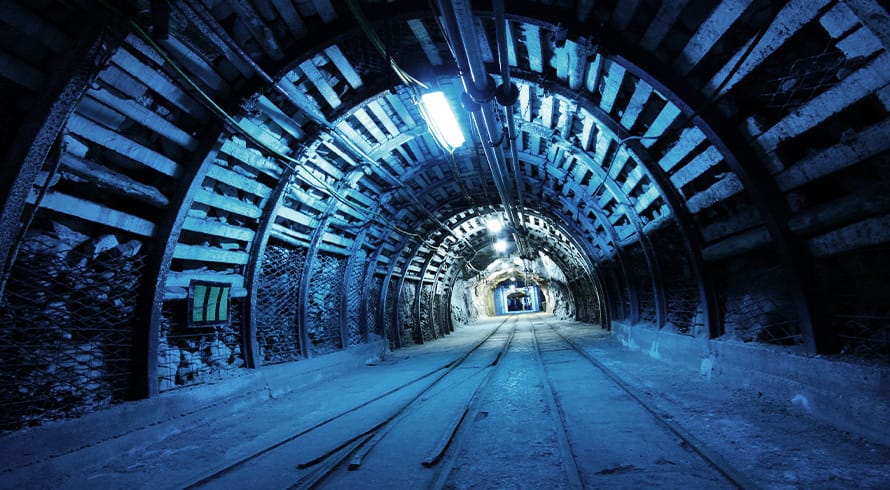Application of Section 133 of the Companies Act to transactions during business rescue
At a glance
- Section 133 of the Companies Act provides a moratorium on legal proceedings against a company in business rescue, allowing it to restructure its affairs.
- The moratorium has limits, as clarified by the Supreme Court of Appeal in the case of Timasani v Afrimat Iron Ore. It applies to pre-existing assets and liabilities of the company in business rescue, but its application to transactions or property acquired after entering business rescue is uncertain.
- The court held that when a contract subject to a suspensive condition falls through, section 133 does not apply, and the party is entitled to repayment. Applying section 133 to post-rescue transactions may discourage third-party contracts and hinder the business rescue process.
The section 133 moratorium requires the permission of either the business rescue practitioner or the court before a party can institute legal proceedings against a company in business rescue. However, as held by the SCA in the recent case of Timasani (Pty) Ltd (in business rescue) v Afrimat Iron Ore (Pty) Ltd [2021] ZASCA 43, this moratorium is not without its limits.
In Timasani the extent of the breathing space referred to in Cloete Murry was called into question. In this case, the business rescue practitioner (BRP) for Timasani (Pty) Limited (Timasani) entered into a sale agreement with Afrimat Iron One (Pty) Limited (Afrimat) for the sale of certain of Timasani’s assets. The agreement was subject to certain suspensive conditions and required Afrimat to pay a 10% deposit amounting to R1,7 million. For various reasons the sale fell through and the suspensive conditions were never fulfilled. Afrimat consequently demanded, amongst other things, its deposit back.
When the BRP failed to pay back the deposit, Afrimat launched a court application claiming repayment. Opposing this, the BRP argued, inter alia, that Afrimat had not complied with the provisions of section 133 of the Act because it had not secured the consent of the BRP or a court to launch legal proceedings against Timasani.
The High Court found that the consent was not necessary. On appeal, the SCA had to determine whether section 133 of the Act applied to the facts.
The SCA found that section 133 of the Act applies to the assets and liabilities of a company when that company enters business rescue. It questioned, however, whether section 133 also applies to transactions concluded subsequent to business rescue. While acknowledging that this is a pivotal question to business rescue, the court found that it was not necessary in this instance and for reasons set out below to make a finding on this point.
Section 133(1) of the Act specifically provides that no legal proceedings may be brought against a company in business rescue in relation to property it owns, or property lawfully in its possession.
In this case, the SCA found that where a contract is subject to a suspensive condition, which is not ultimately fulfilled, the contract falls away, as if it never existed. The parties then need to be restored to the position they would have been in had the contract never existed. Therefore, when the contract between Timasani and Afrimat fell away, the SCA held that there remained no lawful basis for Timasani’s continued possession of the deposit. As such, section 133 of the Act did not apply, and Afrimat was entitled to the repayment of the deposit.
The question therefore remained open as to whether section 133 of the Act applies to transactions or property, whether lawfully in a company’s possession or not, which were concluded or came into that company’s possession after the company entered business rescue. Although giving no conclusive answer, the SCA opined that section 133’s application to these transactions or property would not serve the purpose of business rescue. A business rescue practitioner is required to contract with third parties during the restructuring of a company, and if section 133 were to apply to the assets and liabilities arising from these contracts, third parties may, as suggested by the SCA, be dissuaded from entering these contracts. Therefore, the business rescue process would be hindered.
The Timasani judgment illustrates the internal limitation on section 133 to claims concerning property in the lawful possession of a company. Looking forward, however, the SCA’s opinion gives strong support to the argument that section 133’s application is limited to those assets, liabilities and transactions of a company that pre-exist it entering business rescue.
The information and material published on this website is provided for general purposes only and does not constitute legal advice. We make every effort to ensure that the content is updated regularly and to offer the most current and accurate information. Please consult one of our lawyers on any specific legal problem or matter. We accept no responsibility for any loss or damage, whether direct or consequential, which may arise from reliance on the information contained in these pages. Please refer to our full terms and conditions. Copyright © 2026 Cliffe Dekker Hofmeyr. All rights reserved. For permission to reproduce an article or publication, please contact us cliffedekkerhofmeyr@cdhlegal.com.
Subscribe
We support our clients’ strategic and operational needs by offering innovative, integrated and high quality thought leadership. To stay up to date on the latest legal developments that may potentially impact your business, subscribe to our alerts, seminar and webinar invitations.
Subscribe




